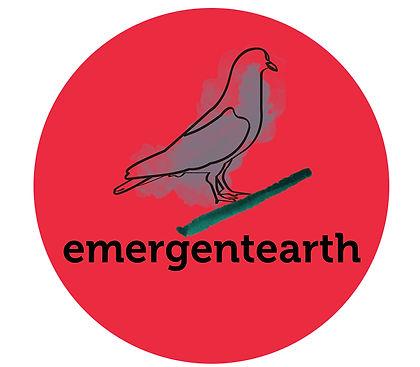an emergent
website design
by
peter jay stein, md, ma
atmosphere
asthenosphere
lithosphere
regolith
biosphere
hydrosphere



This 54 page synopsis of the evolution
of the Earth, the origin and progression of life, and the
emergence of humans as descendants of the hominin lineage, divides the last 4.57 billion years into progressively overlapping, imagistic, time segments, to outline our place in biological existence.
magnetosphere
ionosphere
FORTY-SIX
Emergent Miocene: 23 - 5.3 mya

Features of the Miocene epoch 23 -5.3 mya:
5) Grasslands and savannas spread through N. America, while deserts develop later, in the Pliocene and Pleistocene epochs.
1) dated at 20-23 mya: M. Leakey discovers earliest hominoid fossil on Rusinga Island (in Lake Victoria, Kenya), in 1951: Proconsul heseloni
a) the earliest of apes;
b) retained some skeletal, monkey-like features of backbone, pelvis, and forelimbs;
c) quadruped (walked on all four limbs), not a brachiator ( tree-swinger)
4) dated at 6.5 mya: Fossil of Sahelanthropus tschadensis is the first hominin discovered.
2) dated at 17 mya: early apes traversed a land bridge (due to lowered sea-levels) into Eurasia:
a) developed thick tooth enamel, allowing diet of nuts and tough-coated seeds, not available to Proconsul;
b) apes diversified into at least 8 forms.
3) dated at 13 mya: 2 lineages of early apes -
a) Asia: Sivapithecus migrates to S.E. Asia, ancestor of orang-utans;
b) Europe: Dryopithecus migrates back to Africa, ancestor of African apes and
humans.

